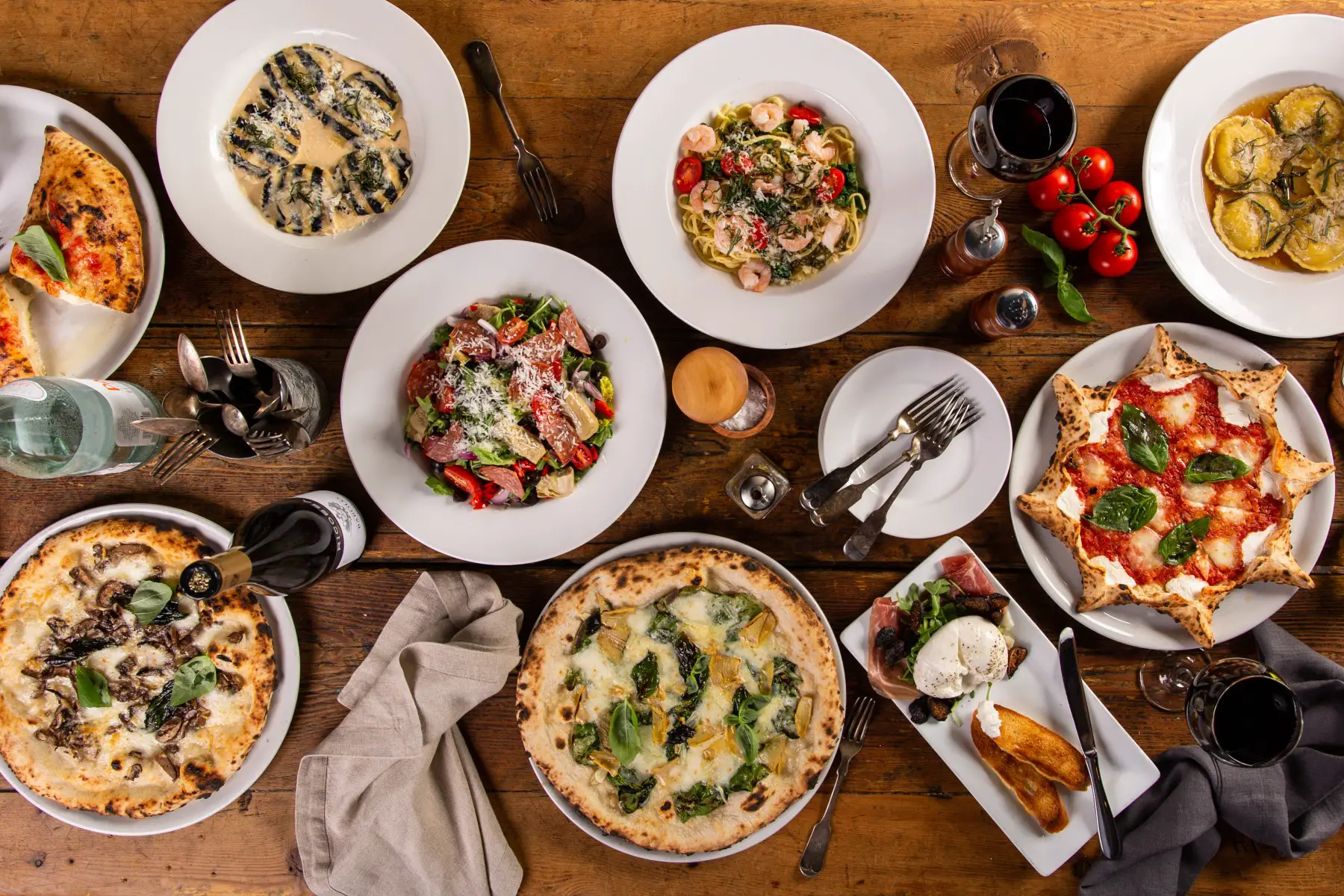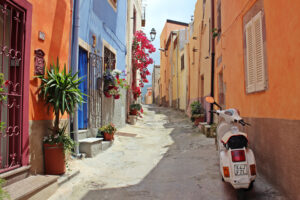Italians have a reputation for being a passionate, expressive nation with norms and customs that may differ slightly from what you find elsewhere in Europe. So, how can you embrace the culture and avoid being perceived as a tourist after moving to Italy?
Find out what to expect when it comes to everyday greetings, dates, parties, and more with this look at Italian etiquette. Sections include:
- Italian culture and society
- Italian gender roles
- Meeting and greeting people in Italy
- Italian conversation and communication
- Clothing and dress code in Italy
- Italian dining etiquette
- Socializing in Italy
- Relationships in Italy
- Italian party etiquette
- Work and business culture in Italy
- Italian shopping and services
- Regional variations
- Useful resources
Italian culture and society
Italy has only been a nation-state since 1861 but can trace its culture back to Ancient Rome. The country has produced world-famous art, architecture, and cuisine for centuries and is home to the world’s oldest surviving university and bank.
Italy divides into 20 regions (including the islands of Sicily and Sardinia), each with a distinct culture, creating the Italian national identity.
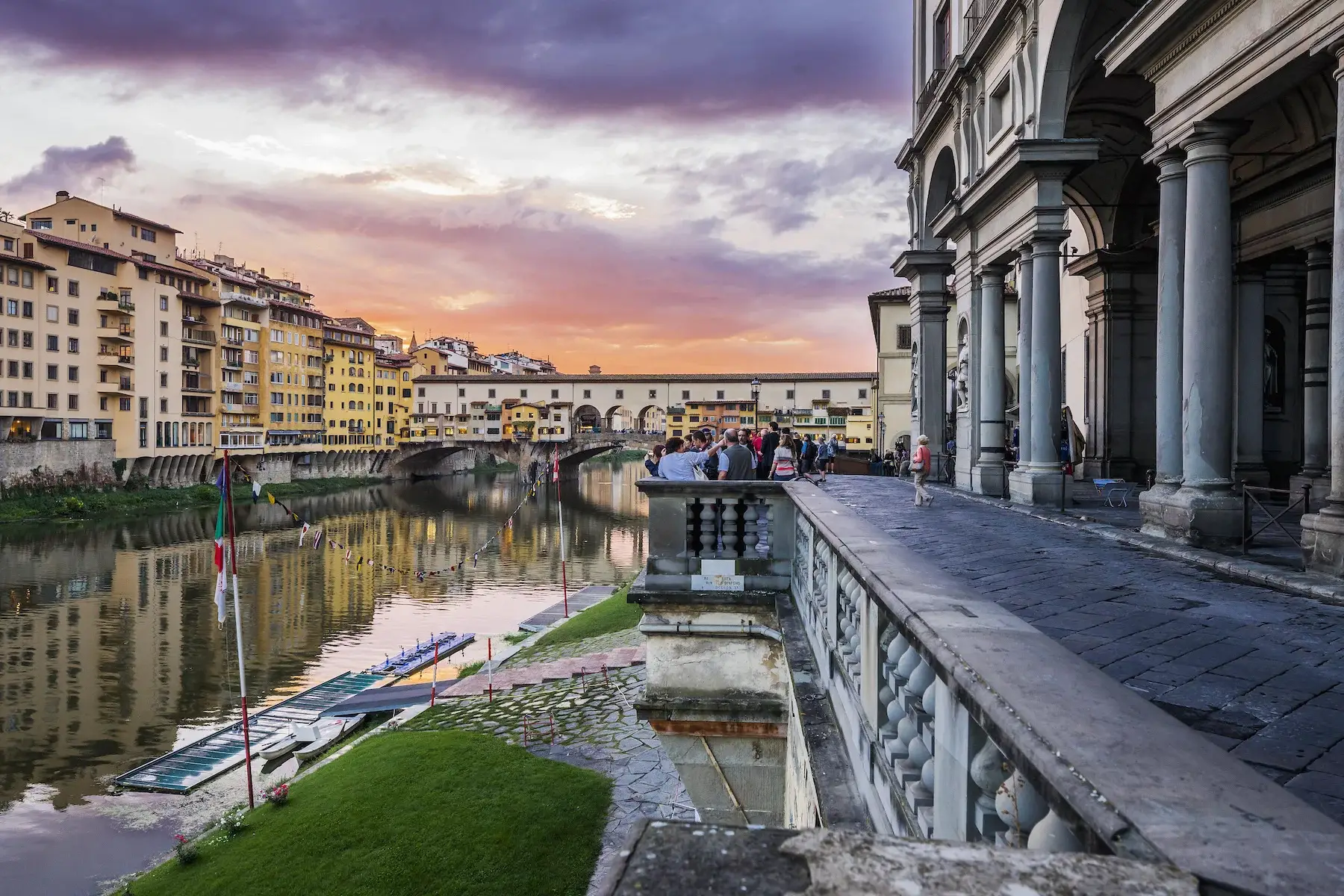
Over 90% of the population speaks Italian as their first language, and there are many different regional dialects. Other commonly spoken first languages include German, French, Albanian, Romanian, Arabic, and Greek. Italy ranks 35th on the 2021 English Proficiency Index, making it much less widely spoken than most European countries.
According to the 2021 Eurobarometer survey, 79.2% of the population is Roman Catholic, 11.6% atheist/agnostic, 5.2% other Christian, and 1% Muslim. There are also Hindu, Buddhist, Sikh, and Jewish communities in Italy.
Income inequality is high. For example, about 7% of households live in extreme poverty; even more so in the southern regions. This statistic is further reflected in that just over half of Italians identify as middle class.
Many Italians are still fairly conservative about family values and religion. When it comes to politics, both the Left and Right consistently attract support.
Unfortunately, social discrimination or racism still exist in Italy. One especially marginalized community is the Roma people, 40% of whom experienced hate-motivated harassment in the past year. Victims of and witnesses to racial discrimination in Italy can reach out to the National Office Against Racial Discrimination (Ufficio Nazionale Antidiscriminazioni Razziali – UNAR) or call the toll-free helpline at 800 90 10 10.
Italian gender roles
Italy still has a way to go to improve its gender equality, according to these statistics.
The country ranks 14th in the European Union (EU) on the 2022 Gender Equality Index with 65 points out of 100. Women make up 42.6% of the Italian workforce, slightly below the EU and Organisation for Economic Co-operation and Development (OECD) averages. It also ranks 63rd in the world and 25th in Europe on World Economic Forum’s 2022 Global Gender Gap Report.
Of course, Italy has made great strides in improving women’s rights over the last 50 years. However, while gender equality was included in the 1948 Constitution, laws securing the right to an abortion and divorce weren’t passed until the 1970s. Although women now have more freedom, parts of society are still male-dominated where traditional gender roles and norms persist in employment and family relations. This is more prevalent in the south of the country.
Furthermore, almost half of women in Italy reported some form of sexual harassment in a 2018 study. If you or someone close to you feels threatened by gender-based violence, you can call the anti-violence helpline toll-free at 1522, available 24/7 in Italian, English, French, Spanish, and Arabic.
Additionally, LGBTQIA+ rights in Italy have improved over the past 20 years but 40% of the community report experiencing regular discrimination. The United Nations High Commissioner for Refugees (UNHCR) provides a list of social, legal, and psychological resources available to LGBTQIA+ individuals living in Italy.
Meeting and greeting people in Italy
The most well-known Italian greeting may be the cheek kiss, which involves two light air kisses on each side of the face when meeting friends and family. In formal situations, such as business meetings or where you don’t know the other person well, opt for a handshake instead.
You can say ciao as an informal greeting, and salve or arrivederci when bidding farewell. In formal situations, or when addressing older people, it’s better to use buongiorno (good morning) or buonasera (good evening) instead. Arrivederci is better when saying goodbye in formal situations. You can also say molto lieto (pleased to meet you). Though younger Italians are generally informal when it comes to meeting and greeting, it’s still common – and advised – to use formal language with elderly relatives, even at family events.

First names are fine with friends and close acquaintances. For formal use, or if you are unsure, you can use signore/signora plus their last name. In Italy, married women often still use their maiden names in business and legal matters. You can also use professional titles such as dottore (doctor) and professore (professor). When addressing someone with the term ‘you’, use tu when speaking to friends and lei with older people and in formal situations.
Unlike in many other countries, punctuality is not considered necessary in Italy. While it is probably best to be timely in the north, people in the south of the country often show up 10–15 minutes late for social meetings and occasions. However, try to avoid being late for medical appointments or job interviews. It’s also acceptable to show up at someone’s house for a visit unannounced. You will usually be warmly greeted if they are at home.
Italian conversation and communication
Although things vary across regions and between individuals, Italians are generally quite open in their communication style. They tend to prefer face-to-face interaction most likely because their verbal communication is complemented by hand gestures.
Italians are typically warm, friendly people. It’s common for strangers to make small talk if they are waiting in line at the post office or sitting together on public transport. They are also passionate and expressive in conversation, and somewhat direct.
As in most parts of the world, good conversation topics include the weather, sports, art, food, and drink. If you have local knowledge about the region you live in or know some fun Italian expressions, this will impress the residents. However, make sure you know what you’re talking about because it could backfire and start a heated debate.
Topics to avoid, as is the case in most countries, include politics and religion, unless someone else brings it up. Also avoid asking overly personal questions unless you’re with close friends who you know will be open to sharing. Italians are usually quite comfortable within their social circle, but tend to be private beyond this, so prying questions can seem rude.
Finally, it’s in poor taste to bring up the mafia. It’s not a touchy subject but is usually irrelevant unless you’re talking about movies or television. Plus, it’s so overused by foreigners that it may incite eye-rolls and yawns.
Body language
Eye contact is key in Italian conversation. When speaking Italian, try to maintain eye contact and smile gently. Personal space is also less important in Italy than many other countries, especially when you’re engaged in riveting conversation. Don’t be alarmed if someone places their hand on your arm or shoulder.
Italians are masters of the hand gesture. Here are some to avoid unless you want to come across as insulting:
- Raising one fist while gripping the bicep with your other arm
- Using the ‘rocking out’ horns sign with the thumb, index finger and little finger
- Making a chopping motion with one hand
- Placing your arm and outstretched hand horizontally against your chest
- Flicking the fingers of one hand outwards from underneath your chin
All of the above can be seen as different ways of telling someone to go somewhere else (to put it politely), which is not good Italian etiquette.
Clothing and dress code in Italy
Italy is a global fashion hub, home to many world-famous designer brands. Milan (Milano) is even considered to be one of the preeminent fashion capitals of the world. Needless to say, appearance and attire are very important to many Italians who like to spend money on clothes for la bella figura (essentially, a good impression).
Clothing in Italy can be seen as an indicator of social standing or education level. However, you don’t have to spend a fortune on the most expensive brands to fit in – it’s the type of clothing that matters. Italians dress more formally than many other European countries. For example, some men may wear suits to go to the cinema or for drinks with friends. You don’t have to go this far, but avoid torn, dirty, or wrinkled clothing. Plus, fitness attire is not considered appropriate outside of athletic contexts.
Italians are very serious about their shoes and tend to favor style over comfort, even in the summer months.
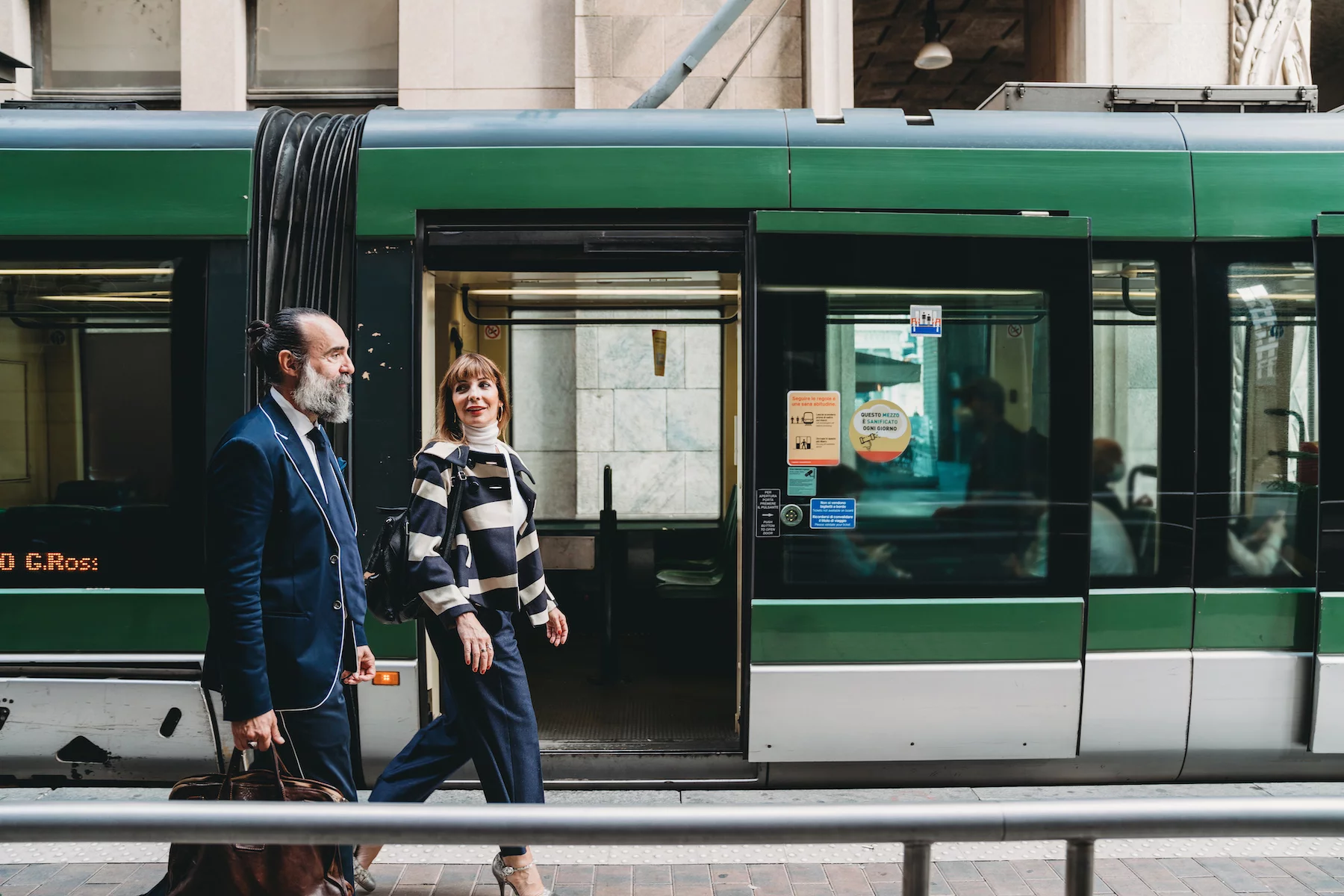
Italian business dress is usually conservative. Men wear dark suits, ties, and dress shoes. Women wear suits, dresses, or skirts or trousers with blouses and typically high-heeled shoes or boots.
While you’ll see plenty of people in swimsuits and flip-flops on the beach in Italy, it’s rare to see any degree of nudity in city streets. Sunglasses are also extremely popular in Italy during the summer when the sun is its brightest. You’ll see very few people without sun protection in the cities when it’s hot and sunny.
Italian dining etiquette
Italian cuisine is a way of life. Restaurant outings and dinner parties are great opportunities to show off your Italian etiquette. Meals with friends or colleagues are social occasions and include as much talking as eating, so they can last a few hours or more. Be sure to dress your best, whether it’s a hosted dinner party or one at a restaurant.
If you’re invited to someone’s house for dinner in Italy, it’s common practice to show up 15–30 minutes late. The host will take the initiative when it comes to the meal proceedings, so wait for them to:
- Seat all the guests
- Signal that you can start eating, usually by saying buon appetito
- Serve the drinks – don’t just grab the wine yourself and start pouring
- Signal that the meal is over and that guests may leave the table
It’s perfectly acceptable for guests to raise a toast during Italian meals. You can raise your glass and say salute or cin cin (pronounced chin-chin). Usually only wine and water are served at meals, although restaurants have additional drink options.
Table manners
Italians eat in the continental style, with a fork in the left hand and knife in the right. Important table manners to keep in mind include:
- Don’t rest your elbows on the table or place your hands in your lap during the meal
- Pass shared dishes to your left
- Keep your mouth closed when eating, and don’t talk with your mouth full
- Take small amounts of food at a time rather than piling it onto your plate
- Use a knife to handle cheese and cut fruit
- Place your fork and knife next to each other on the plate when you have finished eating
- Use your napkin to gently wipe your mouth after eating
- Twirl pasta with your fork and place it all in your mouth; don’t slurp it up
- If in a restaurant, summon the waiter by gesturing politely and saying il conto, per favore (the bill, please)
Italian meals are often served with bread, which is used to soak up the sauce on the plate at the end of the meal. Some prefer to eat the bread with a knife and fork, but you are unlikely to raise eyebrows if you use your hands.
Socializing in Italy
If you immigrate to Italy, you will have plenty of chances to socialize and meet new people. Social outings include going to restaurants, cafés, movie theaters, concerts, art galleries, and museums. You might also meet up to play or watch sports, or go to a bar to catch up over a few drinks.
There are many different types of events and festivals across Italy throughout the year. Keep an eye on the calendar of events in your region.
Though Italians are wine aficionados and appreciate a nice beer, they consume alcohol more moderately than in other parts of Europe. In fact, Italy has the third-lowest alcohol consumption rate in the EU, only below Greece and Sweden.
Relationships in Italy
Italy is considered one of the world’s most romantic countries. While the image of someone serenading their true love under the moonlight may be a movie cliché, the Italian dating scene is not to be overlooked. Restaurants, cafés, and cinemas are all popular date locations.
Once things get serious, Italian couples are not afraid to show affection in public by kissing, hugging, and holding hands. Thanks to online dating, it is also easy for internationals to meet new potential partners. Some of the standard norms of Italian etiquette also apply when dating. For example, dress nicely but don’t take the casual attitude toward punctuality too far.
Family plays a very important role in Italy. Many young Italians still live with their parents and you can expect to see the other members of the family all living in close proximity to each other.
Interestingly, for a country where traditional family relationships remain strong, Italy has the lowest marriage rate in Europe with only 1.6 marriages per 1,000 people in 2020.
Italy is behind western Europe in LGBTQIA+ rights and public attitudes, ranking 49th in the world on Equaldex’s LGBT Equality Index. Same-sex couples have been able to enter into a civil union since 2016, but gay marriage is not yet legal.
Italian party etiquette
Italy has many different celebrations and holidays throughout the year. There are national public holidays, like Liberation Day (Festa della Liberazione) on 25 April and Republic Day (Festa della Repubblica Italiana) on 2 June. Both of these holidays usually include huge parties and parades. Additionally, there’s a variety of interesting regional and local festivals to attend based on where you live.
Religious holidays from the Catholic Christian calendar are celebrated nationally. These include Christmas, Easter, and All Saints’ Day (1 November). Christmas (Natale) begins with the Feast of the Immaculate Conception on 8 December – when people traditionally put up their Christmas trees – and ends with Epiphany (Epifania) on 6 January.
During this time you can see festive street illuminations, Christmas markets, and nativity scenes. Of course, this being Italy, family and food play a big part in celebrations. Families typically gather for a big feast and to exchange Christmas gifts on December 24, although some will prefer the morning of the 25th – mostly in the north of Italy. Santa Claus is called Babbo Natale in Italy and he is one of several gift-givers, including Santa Lucia and Befana, who comes bearing a second set of smaller presents for children on Epiphany.
Birthdays
Italians birthday celebrations are similar to many other countries, with cake, gifts, and sometimes a celebratory meal or party. However, one thing to note is that the person having the birthday usually pays. This is a way of saying thank you for attending the celebration. Birthday cards are not particularly common in Italy, which means that all you really need to do on someone’s birthday is remember to show up.
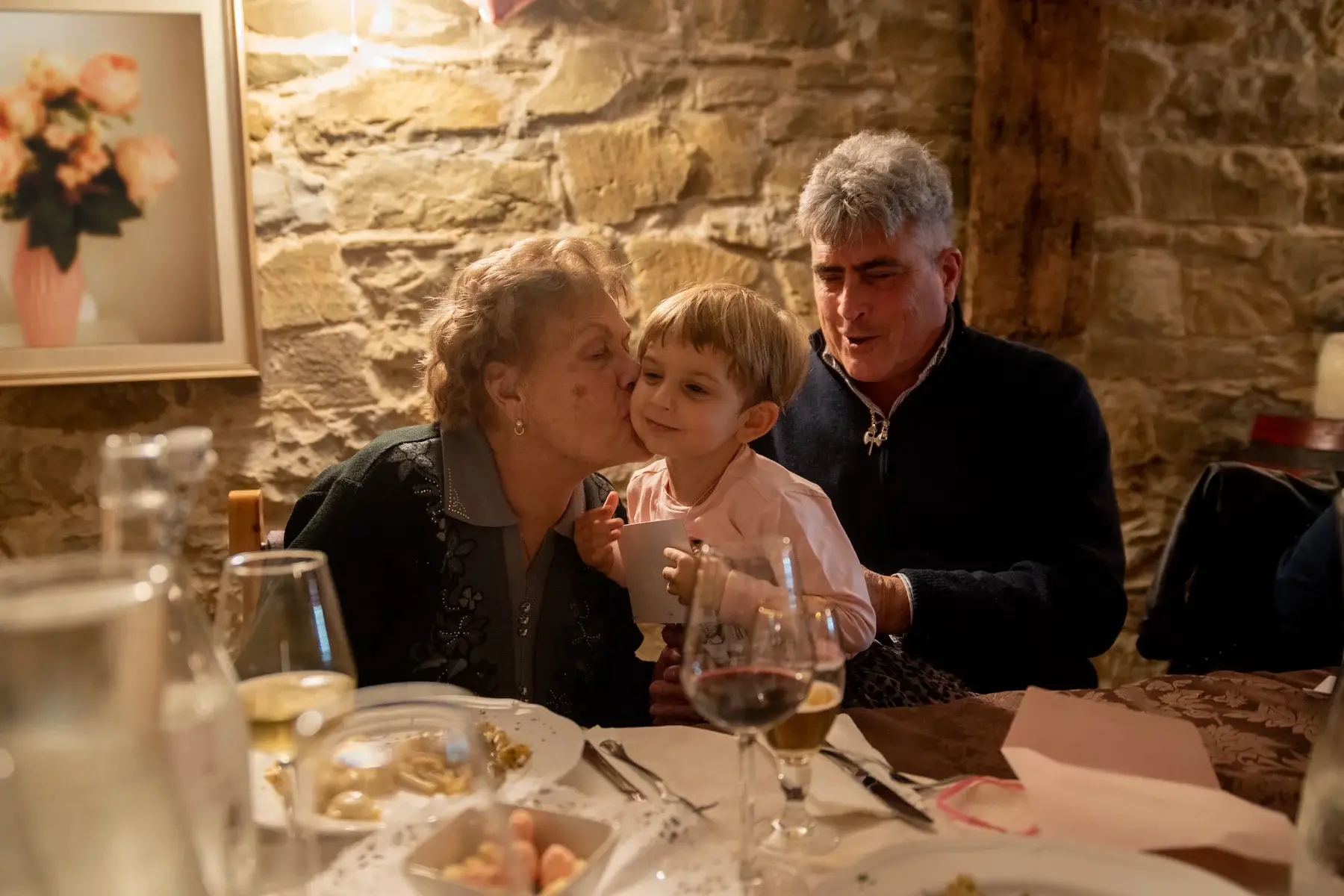
Children’s birthday parties are popular in Italy. Some parents choose to book a community hall or public space rather than host the party at home, and children can expect to receive gifts from attendees. One milestone birthday in Italy is the 18th, which is when a person reaches adulthood so celebrations are grander than in previous years.
You can wish someone a happy birthday in Italian by saying Tanti Auguri or Buon Compleanno.
Gifts
It’s good Italian etiquette to bring a small gift when invited to someone’s home. This only needs to be something simple, for example, wine, chocolates, or flowers. Italians are big fans of wrapping gifts in lavish paper. However, avoid black or purple wrapping paper as these colors are associated with funerals and bad luck. It is also not customary to buy or exchange gifts in the workplace.
It’s common to open the gift in front of the giver straightaway. This is so that you can thank them immediately.
Work and business culture in Italy
Italian business culture is both hierarchical and person-oriented. Most organizations have a clear chain of command and workers are expected to respect senior staff. However, meetings and decision-making processes are usually fairly informal and unstructured. During meetings, it’s fine to openly disagree and people may frequently interrupt each other, something often considered rude in other countries.
Italian business relationships tend to be built on trust and businesses prefer to work with other companies they know. Unlike in personal life, punctuality is important Italian etiquette during the work day. Make sure you’re on time for any job interviews or work-related appointments. Things are more flexible when it comes to business lunches, which are also common in Italy.
Italian shopping and services
Shopping is a popular pastime across Italy and you can find bustling streets filled with everything from large designer shops to small independent grocery stores. Customer service in Italy can vary greatly across the country, depending on business size and type. If you shop in small, family-run businesses, expect staff to be friendly and keen to strike up a conversation.
Customer service tends to mirror Italian directness: without frills, airs, and graces. This sometimes gets misinterpreted as rudeness. However, the Italian service industry takes customer satisfaction ratings very seriously, with 83% of businesses actively tracking it.
Customer behavior can be somewhat erratic, especially when it comes to lining up for services. For this reason, some larger stores have introduced ticketing systems to streamline the waiting process and make sure everyone is served.
Tipping
There are no firm rules around tipping in Italy, but tips are often left as a courtesy. Italian tipping etiquette is to leave a small cash tip at your discretion at the end of the service, or along with payment.
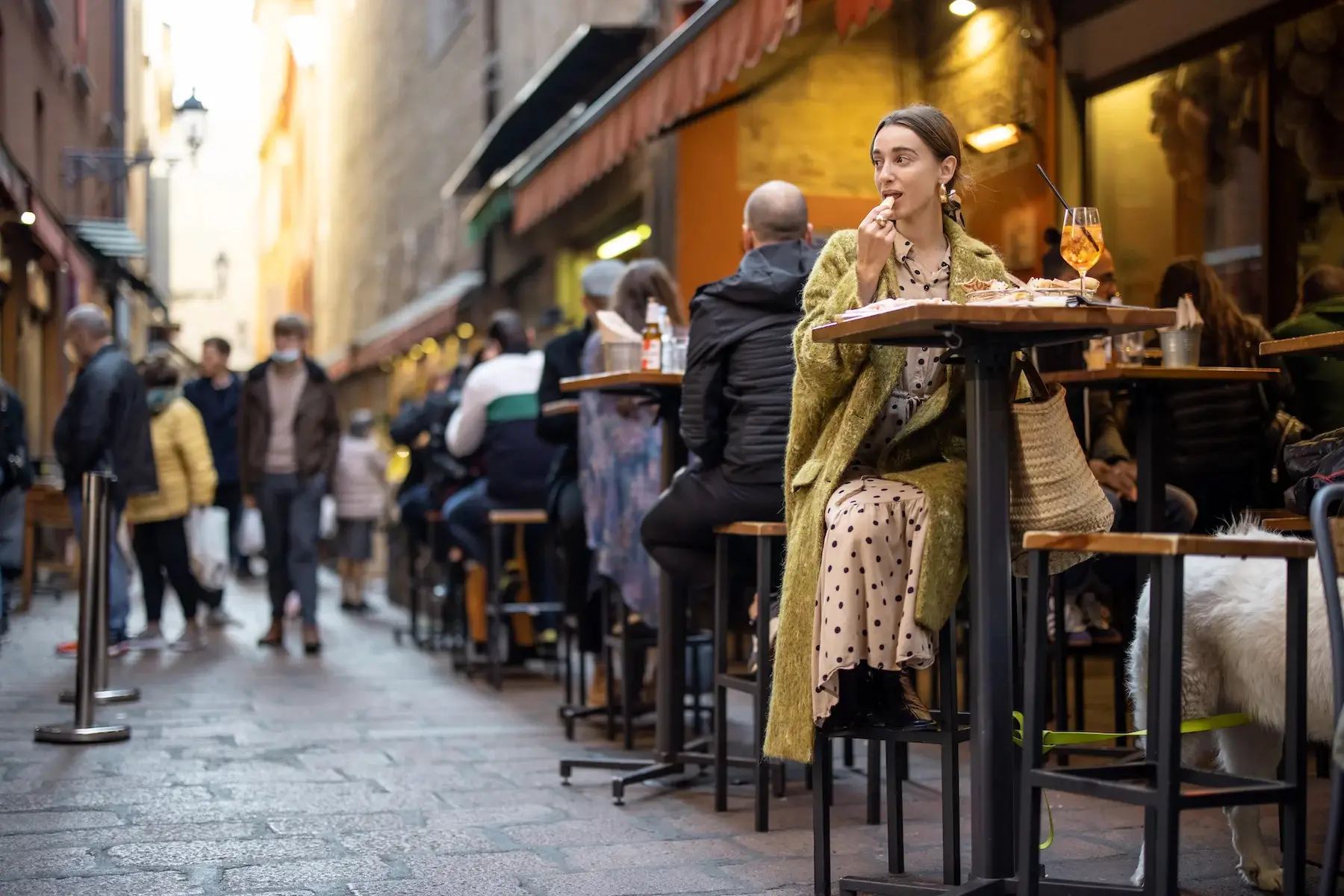
Here is a rough guide to tipping amounts:
| Service type | Suggested tip |
| Restaurants and bars | Up to 10% of the total bill |
| Baristas (cafés) | Round up to the nearest euro |
| Taxis | Round up the fare to the nearest €5–10 |
| Tour guides | €5–10 per person |
| Hotel porters | €1 per bag |
| Housekeepers | €1–2 per day, more for large rooms or spaces |
Always remember to tip staff who serve you at an establishment rather than the owner.
Regional variations
Italy is a relatively young country, having unified in 1861. Because of this, regional identities remain strong. Each region has a certain amount of political autonomy and its own unique history, dialect, and twist on Italian etiquette, cultural norms, and traditions. Locals may be more attached to their specific region of the country than to their national identity. This is stronger in certain parts, for example, Veneto, Lombardy, or the islands of Sicily and Sardinia. If you relocate to Italy, do plenty of research on the specific region and city or town you’re living in.
There’s a north-south divide in Italy, with a more cosmopolitan capital (Rome/Roma) in-between. Many of the larger, more well-known cities are in the north – for example, Milan, Torino, Bologna, and Florence (Firenze). To generalize, northern Italy is more influenced by other central European cultures, whereas the south sees a stronger Mediterranean influence.
Useful resources
- governo.it – Italian government website
- Ministry of Foreign Affairs and International Cooperation – Information for foreigners moving to Italy
- Italia.it – Official tourism website for Italy
- National Office Against Racial Discrimination – Resource for victims of hate crimes and discrimination
- United Nations High Commissioner for Refugees (UNHCR) – Social, legal, and psychological resources for LGBTQIA+ individuals living in Italy



